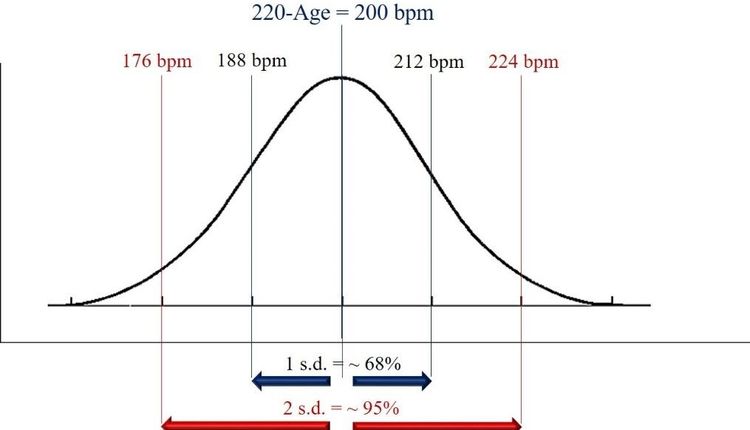A new study confirms what savvy consumers have long suspected: Most breakfast cereals advertised to kids are chockfull of sugar and low on fiber. In fact, cereals marketed to kids have 85% more sugar, 65% less fiber and 60% more sodium than those aimed at adults, according to the report from Yale University's Rudd Center for Food Policy and Obesity.
Researchers analyzed the content of popular cereals using a nutrient profiling system and reviewed data on how cereals are marketed to kids. Findings released over the weekend:
- The least nutritious cereals are often the most heavily marketed to children. Among them: Reese's Puffs, Corn Pops, Lucky Charms, Cinnamon Toast Crunch and Cap'n Crunch.
- The major cereal companies have products that received good nutrition marks, but not many of those are advertised to children.
- Companies have dropped the average sugar content of kids' cereals, from 3â½ teaspoons to 3 teaspoons of sugar a serving.
- The average preschooler sees 642 TV cereal ads a year; most are for types with the worst nutrition ratings. Cereal companies spend more than $156 million a year marketing to children.
- Cereal companies have websites that are wildly popular with children such as the millsberry.com site from General Mills.
- Some of the products with the poorest nutrition ratings have health claims on the boxes. Cereal companies have made pledges to self-regulate, but those promises "have not shielded kids from the barrage of messages" to eat the least healthful products, the report says.
"Industry self-regulation is an abject failure," says Kelly Brownell, director of the Rudd Center. "The worst cereals are being marketed very heavily to children."
He presents the analysis today in Washington at the annual meeting of the Obesity Society. But the industry says it already addresses this issue.
"Kellogg has a global standard that determines how and what products are marketed to children under 12," says company spokeswoman Kris Charles.
Products that didn't meet the criteria either have been reformulated or are no longer marketed to kids under 12, she says. And General Mills spokeswoman Heidi Geller says that kids who eat cereal more frequently, including presweetened cereals, "tend to weigh less than kids who eat cereal less frequently - and they are better nourished."
In a related study, Yale researchers tracked 89 children, ages 5 to 12, who made their own breakfasts at summer camps. Kids were given either a box of sweetened cereal such as Frosted Flakes, Froot Loops and Cocoa Pebbles, or a box of a low-sugar cereal such as Corn Flakes, Cheerios, Rice Krispies. They could take as much as they wanted of cereal, milk, sugar, orange juice, bananas and strawberries.
Results:
- Kids given the low-sugar cereal ate about one serving or one cup. A serving varied from â¾ cup to 1 â¼ cup depending on the weight of the product.
- Those eating the high-sugar type ate two servings or about two cups.
- Children rated the taste of both types equally high.
- Kids eating the low-sugar brands added some sugar but still ate about half as much sugar and far fewer calories than the other kids and were more likely to put fruit on top.
"Part of getting kids to eat more fruit at breakfast is not having it compete with Froot Loops or another high-sugar cereal," says Marlene Schwartz, deputy director of the Rudd Center.
The report is at CerealFacts.org. For more headlines, visit www.USAtoday.com.













